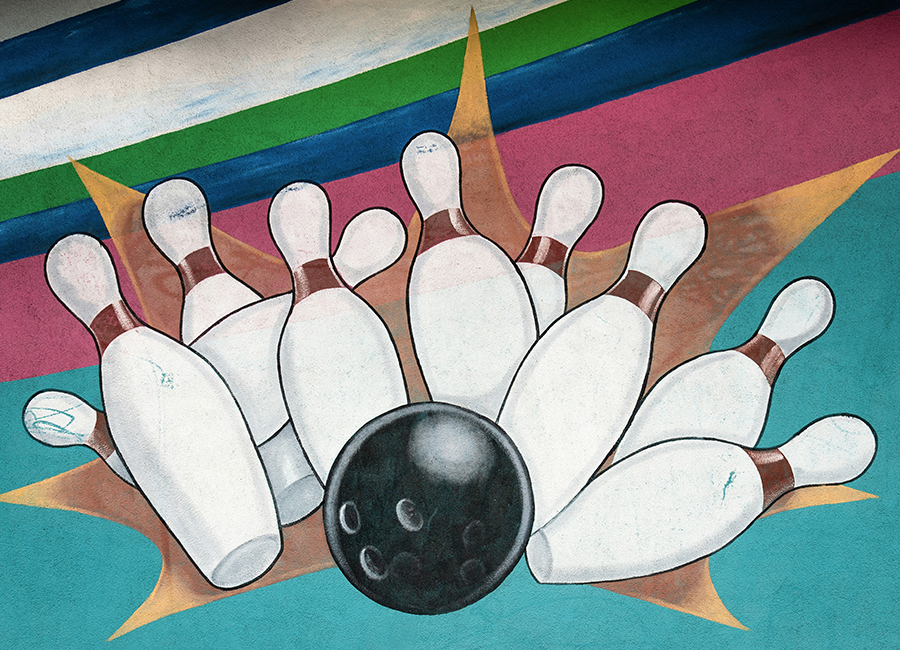The big five personality traits, often referred to as OCEAN, and sometimes CANOE, are: Openness, Conscientiousness, Extroversion, Agreeableness, and Neuroticism. These five traits represent broad domains of human behaviour and account for differences in both personality and decision making. Today, the model is used by HR practitioners to evaluate potential employees and marketers to understand the audiences of their products.
The history and development of the traits is long and not without significant challenge. In fact, the earliest known attempt to build a taxonomy of human behaviour dates back to the late 1800s. Between that first investigation and the 1940s, the taxonomy was refined from over 4,000 traits to 171 and eventually 5.
However, psychological and sociological discourse over the next two decades would call into question the validity of any attempt to correlate personality with behaviour. The influential book Personality and Assessment, authored by Walter Mischel , went so far as to suggest that there was only a correlation of 0.3 between personality and behaviour. Mischel argued the case that situational variables had a much greater impact on action than pre-disposition.
| Tweet This | |
| The Big 5 OCEAN personality traits - openness, conscientiousness, extroversion, agreeableness and neuroticism - took over 100 years to be narrowed from 4,500 to just five. |
By the 1990s, it had been widely accepted that both situational and personality factors affect in-the-moment behaviours. As recently as 2016, research and refinement of the OCEAN model has been ongoing, demonstrating just how influential it is – even to this day.
The Big Five Personality Traits
- Openness to experience. Sometimes called intellect or imagination, this represents the willingness to try new things and think outside the box. Traits include insightfulness, originality and curiosity.
- Conscientiousness. The desire to be careful, diligent and to regulate immediate gratification with self-discipline. Traits include ambition, discipline, consistency and reliability.
- Extroversion. A state where an individual draws energy from others and seeks social connections or interaction, as opposed to being alone (introversion). Traits include being outgoing, energetic and confident.
- Agreeableness The measure of how an individual interacts with others, characterised by degree of compassion and co-operation. Traits include tactfulness, kindness and loyalty.
- Neuroticism. A tendency towards negative personality traits, emotional instability and self-destructive thinking. Traits include pessimism, anxiety, insecurity and fearfulness.

How the Model is Used Today
The OCEAN model is best thought of as a series of interconnected scales. Everyone will sit somewhere on each scale, but tests that use the OCEAN framework aim to determine the degree to which an individual shows the traits covered by each of the domains.
Many organisations use employee scores to determine cultural fit, in addition to building teams that have similar or complimentary personality traits. Some even take this a step further by providing staff with a summary of their results and advice on how best to communicate with employees with different personality types.
Outside of HR departments, marketers are the most frequent users of the OCEAN framework. Often combined with demographic or other targeting factors, the model is used to help understand audiences and what will likely appeal to them based on the commonalities within their personality profiles. Much has been written about subsets of personality types that marketers can target, in addition to strategies for doing so.
Debates and Challenges
While the Big Five represent the prevailing theory of personality, the model is not without its challenges. The most significant is simply the fast changing nature of the discourse around topics of the self, identity and personality. Additionally, there is no single consensus on how to assess an individual based on the OCEAN framework. The most well accepted is the NEO PI assessment, which has been three times since its initial inception in the late 1970s. However, there are also NEO FFR and NEO PI-R assessments which offer variations on assessment tactic.
A more direct challenge that researchers and marketers face is that assessing personality types is a lengthy process. Even the shortest accepted assessment – the NEO FFI – asks individuals to rate 60 items on a 5-point scale. This drawn out process makes it difficult to put the OCEAN framework to use on a regular basis. But that is not to say the model does not add value when it can be implemented.
| Tweet This | |
| The most significant challenges researchers must overcome to make full use of the OCEAN framework is finding a succinct way to assess consumers without lengthy, un-engaging surveys. |
Writing in Greenbook, Brooke Patton highlights recent examples from GutCheck that apply the Big Five personality traits to consumer research. By including personality assessments, the agency found that the favourable audience of a brand’s new product concept also scored high on the agreeableness scale. The result highlighted the messages and communications that the brand should use in order to reach their target audience in a positive way.
On the other hand, a literature review of studies into The Big Five and their applications in marketing from The University of Vienna points out some of the reasons for marketers and researchers alike to be cautious. Notably:
- Personality traits do not take into consideration cross-cultural or demographic differences in behaviour
- The OCEAN framework is a simplification of a complex topic and should never be used without a hint of caution
- The theory of personality traits and assessment methods are frequently changing, making choice of methodology is important
In summary, while there are – as with most measures – both advantages and limitations to The Big Five personality traits, they still represent the most coherent and researched model of personality that has been devised to date. With careful planning and a clear understanding of how they will inform research, the OCEAN model can add a huge amount of value to brands’ understanding of their audiences.


















